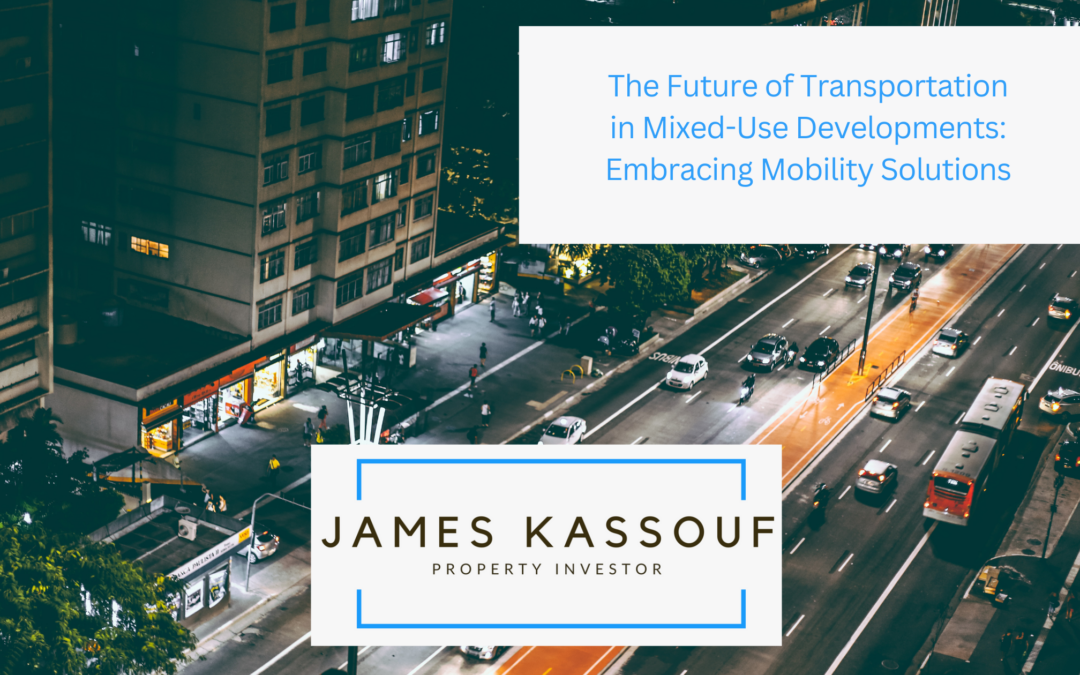The future of transportation in mixed-use developments is poised for transformation as cities seek innovative mobility solutions to address congestion, environmental concerns, and the need for more efficient urban transportation. Mixed-use developments integrating residential, commercial, and recreational spaces within walkable neighborhoods are uniquely positioned to embrace sustainable and accessible transportation options. Here’s a look at how these developments are shaping the future of urban mobility:
Emphasis on Walkability and Bikeability: Mixed-use developments prioritize walkability and bikeability by designing streets, pathways, and greenways that encourage pedestrian and cyclist interaction. Well-connected sidewalks, dedicated bike lanes, and bike-sharing programs make it convenient and safe for residents to travel short distances without relying on cars. Promoting active transportation reduces traffic congestion, improves public health, and enhances the overall livability of the neighborhood.
Integration of Public Transit: Mixed-use developments are often located near transit hubs or have their transit facilities integrated into the neighborhood design. Access to efficient and reliable public transportation, such as buses, trams, or light rail systems, reduces dependency on private vehicles and provides residents with convenient options for commuting and traveling within the city. Seamless integration of public transit encourages more sustainable travel behaviors and supports broader mobility goals.
Adoption of Shared Mobility Services: The rise of shared mobility services, including ridesharing, carpooling, and micro-mobility options like electric scooters and shared bicycles, transforms transportation within mixed-use developments. By embracing these services, residents can access flexible, cost-effective transportation solutions tailored to their needs. Shared mobility reduces the demand for private car ownership, optimizes parking space, and contributes to a more efficient use of urban infrastructure.
Implementation of Smart Transportation Technologies: Mixed-use developments embrace smart transportation technologies to enhance mobility and connectivity. This includes deploying real-time traffic management systems, smart parking solutions, and intelligent transportation networks that leverage data analytics and IoT (Internet of Things) devices to optimize traffic flow and reduce congestion. By leveraging technology, these developments can improve the efficiency and safety of transportation services while minimizing environmental impact.
Encouragement of Electric and Autonomous Vehicles: As the demand for sustainable transportation grows, mixed-use developments promote the adoption of electric and autonomous vehicles (AVs). These developments facilitate the transition towards cleaner and safer mobility solutions by providing EV charging stations and supporting AV infrastructure. Electric and autonomous vehicles offer the potential to reduce emissions further, enhance safety, and improve mobility accessibility for all residents.

